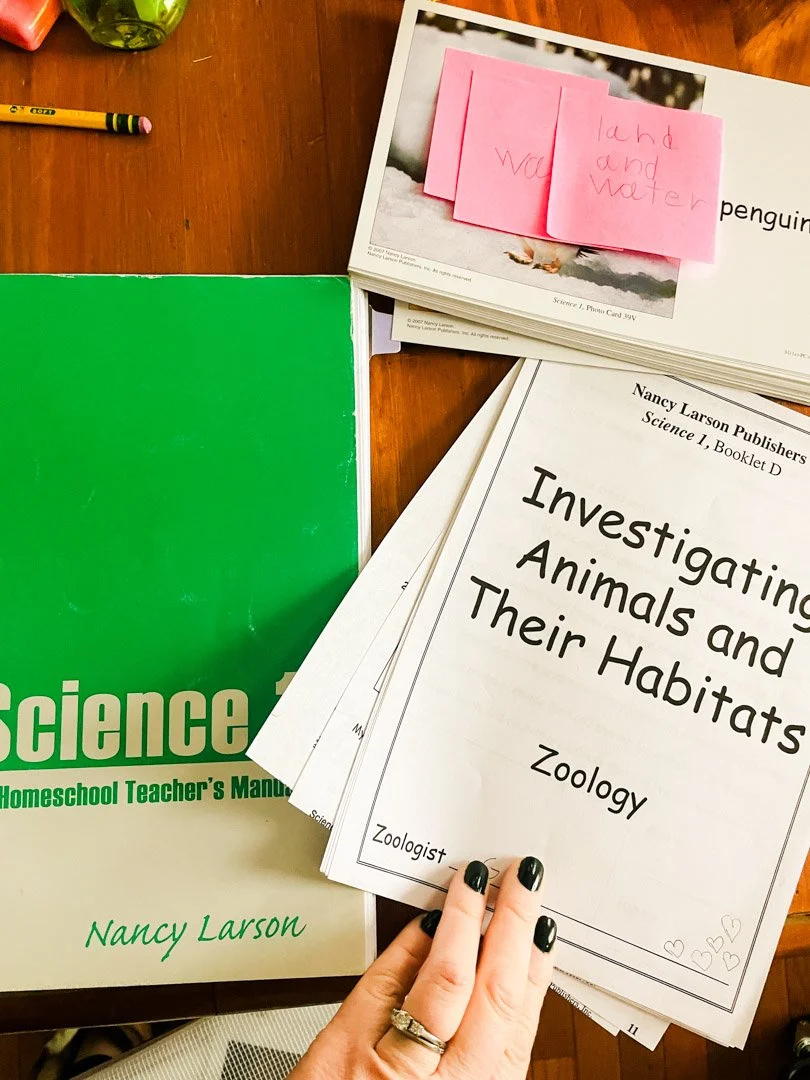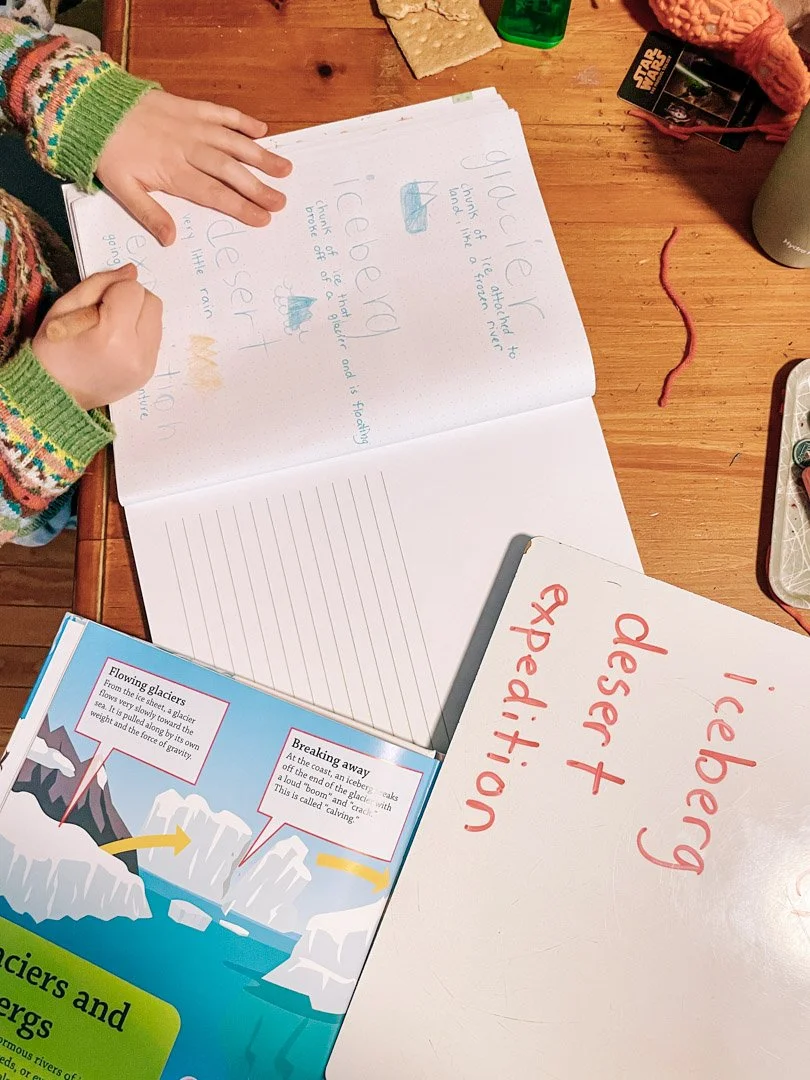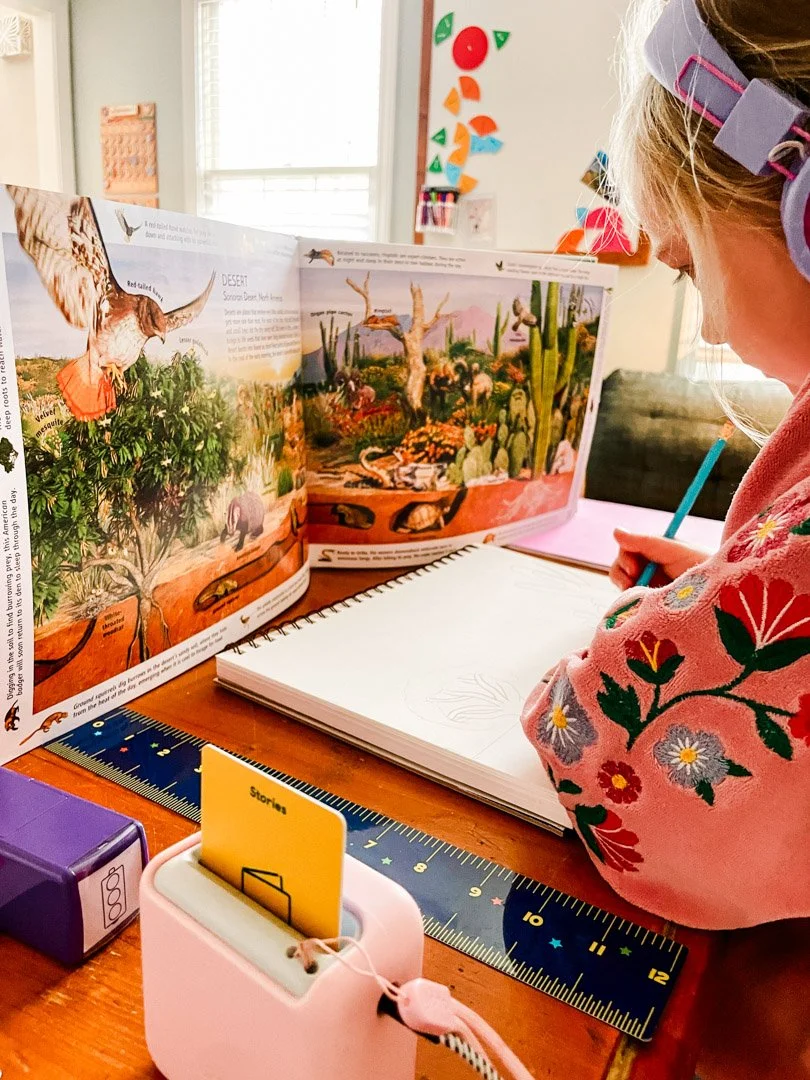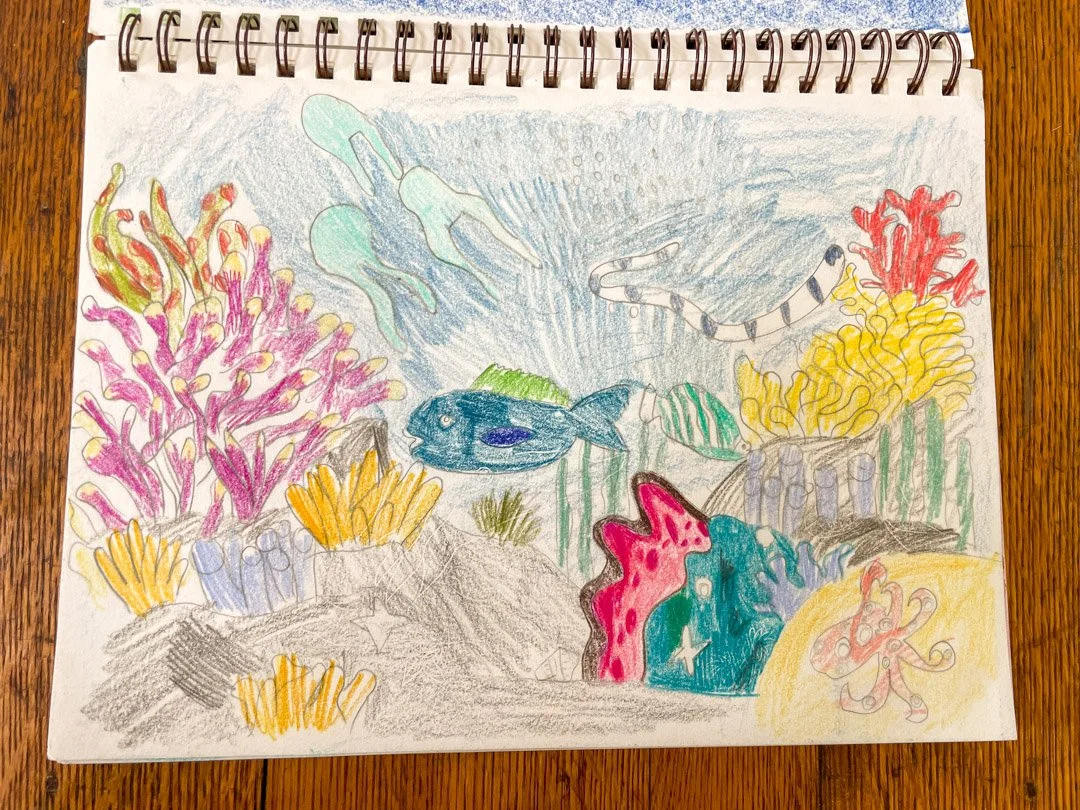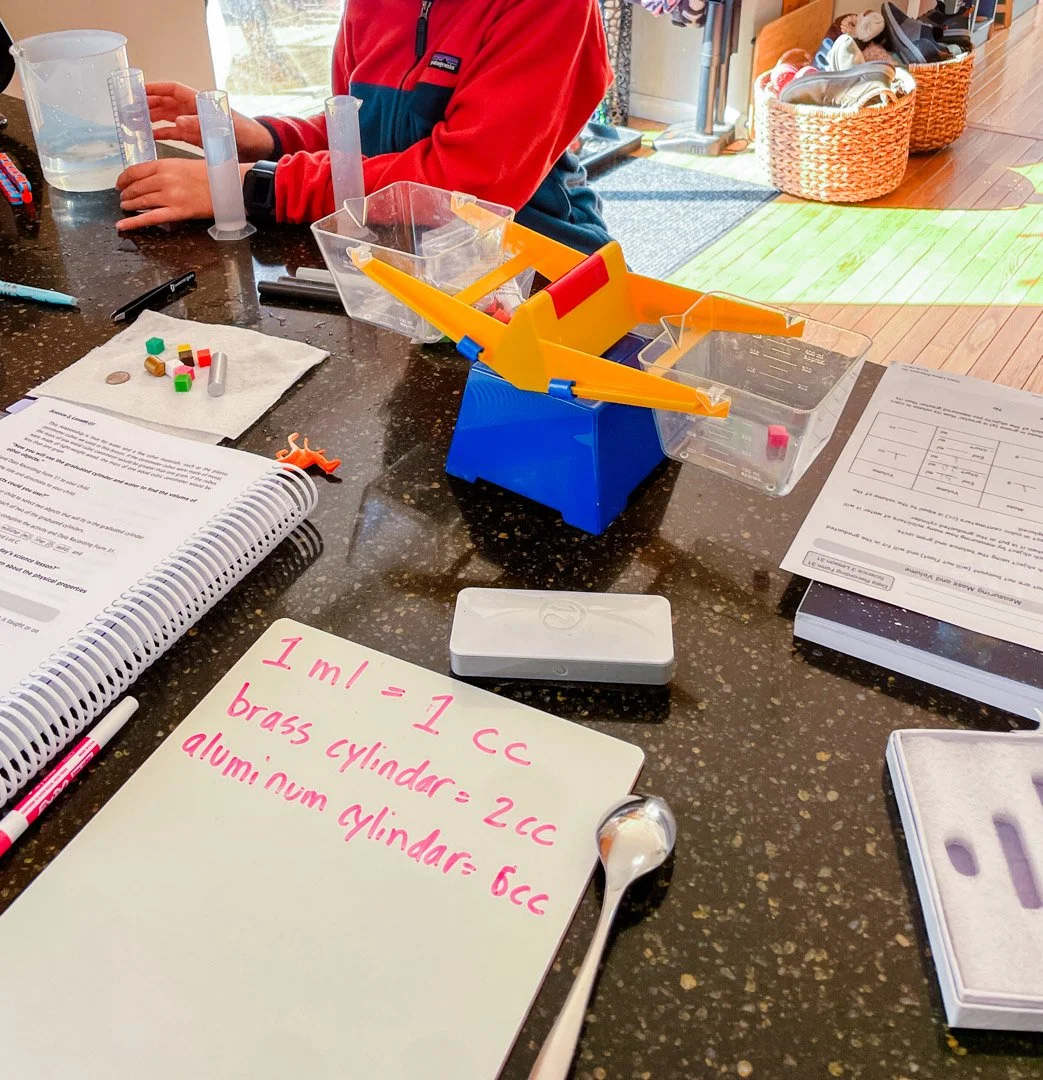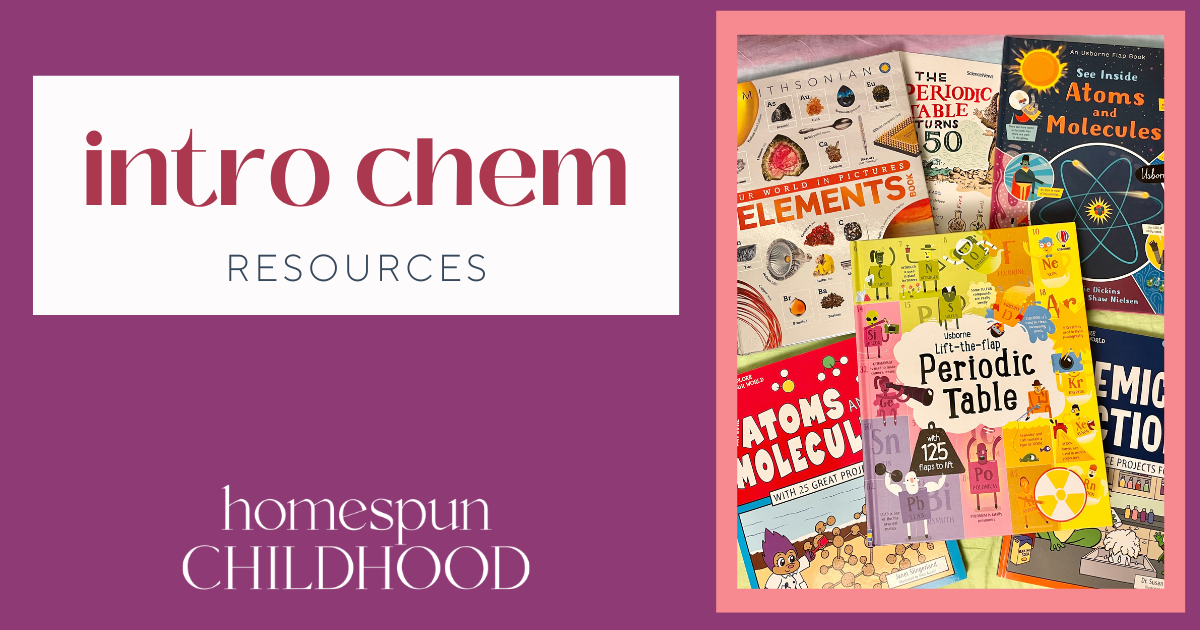Nancy Larson Science
We started the year DIYing science with unit studies, Nomad Press resources (check out my video on those here), and lots of books. While that was going well and the kids were learning, it was a lot of work and I am in a phase of homeschooling where I need something open and go for science.
As a homeschool family, we use secular, academic resources — which means there aren’t many science options out there. We’ve tried Blossom and Root (and I own them all 🤪), Real Science Odyssey (I own all those too 🤪🤪), and I looked into Building Foundations of Scientific Understanding (BFSU). I looked at Nancy Larson Science on and off for several years and finally decided to try it after a consulting client told me how well it worked for them. I snagged a couple of used copies (1st grade and 3rd grade) off eBay and let the kids pick which units to start with. Fast forward 2 months, and we really like it.
Nancy Larson Science is a secular, spiral curriculum for elementary students. It is open and go, no frills, and pretty traditional as far as curriculum goes. I like that a wide range of topics are covered, and the learning builds on previous topics from one year to the next. I like that I can use it exactly how it is and knock out quality, hands-on science in a couple of 20-minute sessions a week. If we want to extend the learning, it’s really easy to add in some extra resources like living books, and YouTube videos, or go more in-depth with the learning by adding in a related Nomad Press guide.
NLS First Grade
For my 1st grader, we are doing the lessons as written, reading books, watching YouTube videos, and pulling out any hands-on activities we already have.
We also incorporate notebooking by doing a weekly journal page in her science notebook.
For more on notebooking, check out my notebooking guide.
Check out this Instagram reel for a look inside one lesson of NLS 1st grade.
Nancy Larson Science 1st Grade: An in-depth look inside
NLS Third Grade
For my 3rd grader, we are doing the same thing as my 1st grader, but I am also adding in additional readings from Nomad Press and Core Knowledge Science (CKSci) along with vocabulary work and writing.
Check out this Instagram reel for a look inside one lesson of NLS 3rd grade.
Nancy Larson Science 3rd Grade: An in-depth look inside
Who This Program is For
This program might be a good fit for your family if:
You prefer a secular science curriculum
You prefer a spiral program instead of a deep dive on a topic for a semester or year
You want an open-and-go curriculum
You like the idea of study skills being embedded in the teaching
Who This Program is Not For
This program might not be a good fit for your family if:
You prefer a religious-based science curriculum
Your family enjoys deep dives into a topic area (like botany or astronomy for the whole year)
You prefer a curriculum that includes lots of extension activities
You have a tight budget for curriculum (NLS is $$$ new, although you can usually find it for a good deal on the BST group or on eBay)



